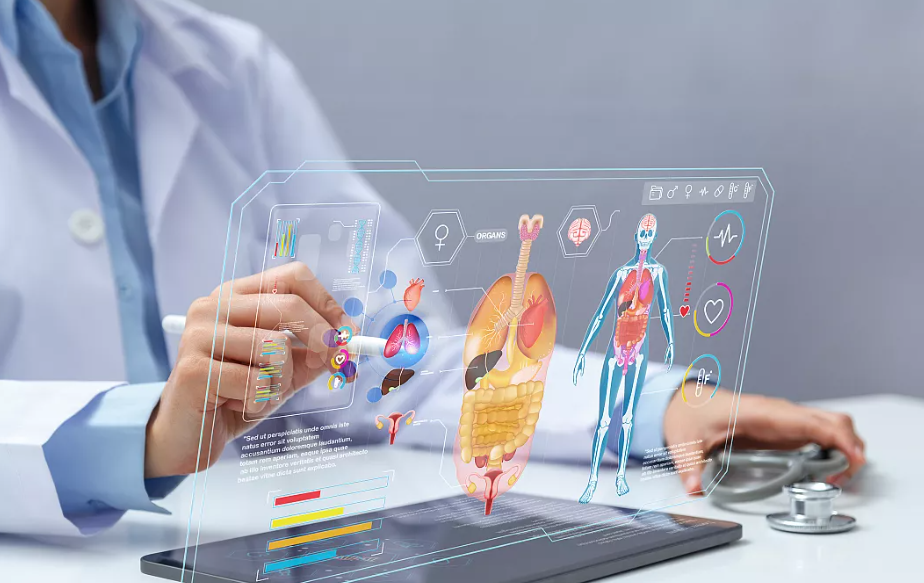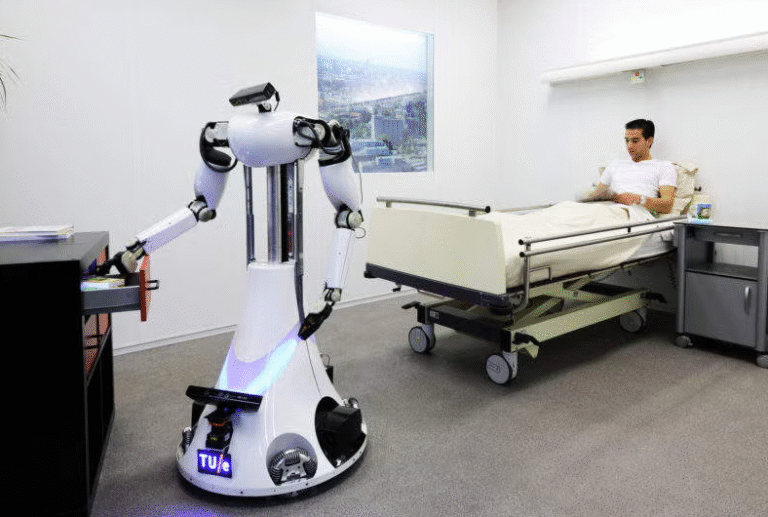The Role of Tech in Overcoming Global Health Challenges
Technology increasingly shapes the landscape of global health challenges. Innovations, such as telemedicine and wearable devices, enhance healthcare accessibility and efficiency. Data analytics offers insights for disease prevention, while fostering collaboration among healthcare providers. These advancements present opportunities to address systemic issues. However, questions remain about their implementation and impact on equity in healthcare access. Exploring these dynamics reveals critical implications for future health systems.
Innovations in Telemedicine
As healthcare systems worldwide grapple with the challenges of accessibility and efficiency, innovations in telemedicine have emerged as a pivotal solution.
Remote consultations enable patients to access healthcare professionals without geographic limitations, fostering a more equitable health landscape.
Virtual health platforms streamline communication and reduce wait times, empowering individuals to take charge of their wellbeing while ensuring healthcare providers can reach underserved populations effectively.
The Impact of Wearable Health Devices
Wearable health devices have transformed personal health monitoring, offering real-time data that empowers users to engage actively in their wellness.
These devices facilitate fitness tracking, motivating individuals to maintain healthier lifestyles.
Furthermore, they play a crucial role in chronic management, enabling patients to monitor vital signs and adhere to treatment plans.
This integration of technology enhances autonomy, ultimately fostering better health outcomes.
See also: The Role of Quantum Computing in Advancing Technology
Data Analytics for Disease Prevention
While the integration of data analytics into healthcare systems has gained momentum, its potential for disease prevention is particularly noteworthy.
Predictive modeling enhances health surveillance by identifying at-risk populations, enabling timely interventions. By analyzing trends and patterns in health data, stakeholders can proactively address emerging health threats, ultimately leading to more efficient resource allocation and improved public health outcomes.
This fosters a society that values individual freedom and well-being.
Enhancing Collaboration in Healthcare Systems
Although collaboration among healthcare systems has traditionally faced numerous barriers, recent advancements in technology are facilitating more integrated approaches to patient care.
Enhanced communication tools foster interdisciplinary partnerships, enabling healthcare professionals to share knowledge and resources effectively.
Furthermore, global health networks are emerging, allowing for coordinated responses to health challenges, ultimately leading to improved health outcomes and increased accessibility for diverse populations worldwide.
Conclusion
In an era where a smartwatch can diagnose your ailments faster than a doctor, one might wonder if healthcare has transformed into a game of high-tech charades. As telemedicine replaces waiting rooms and data analytics predicts our next sneeze, it becomes clear that technology is both the magician and the audience in this peculiar performance. While it dazzles with efficiency and accessibility, one must ponder whether the true magic lies in the healthcare providers or the devices that now control the narrative.




